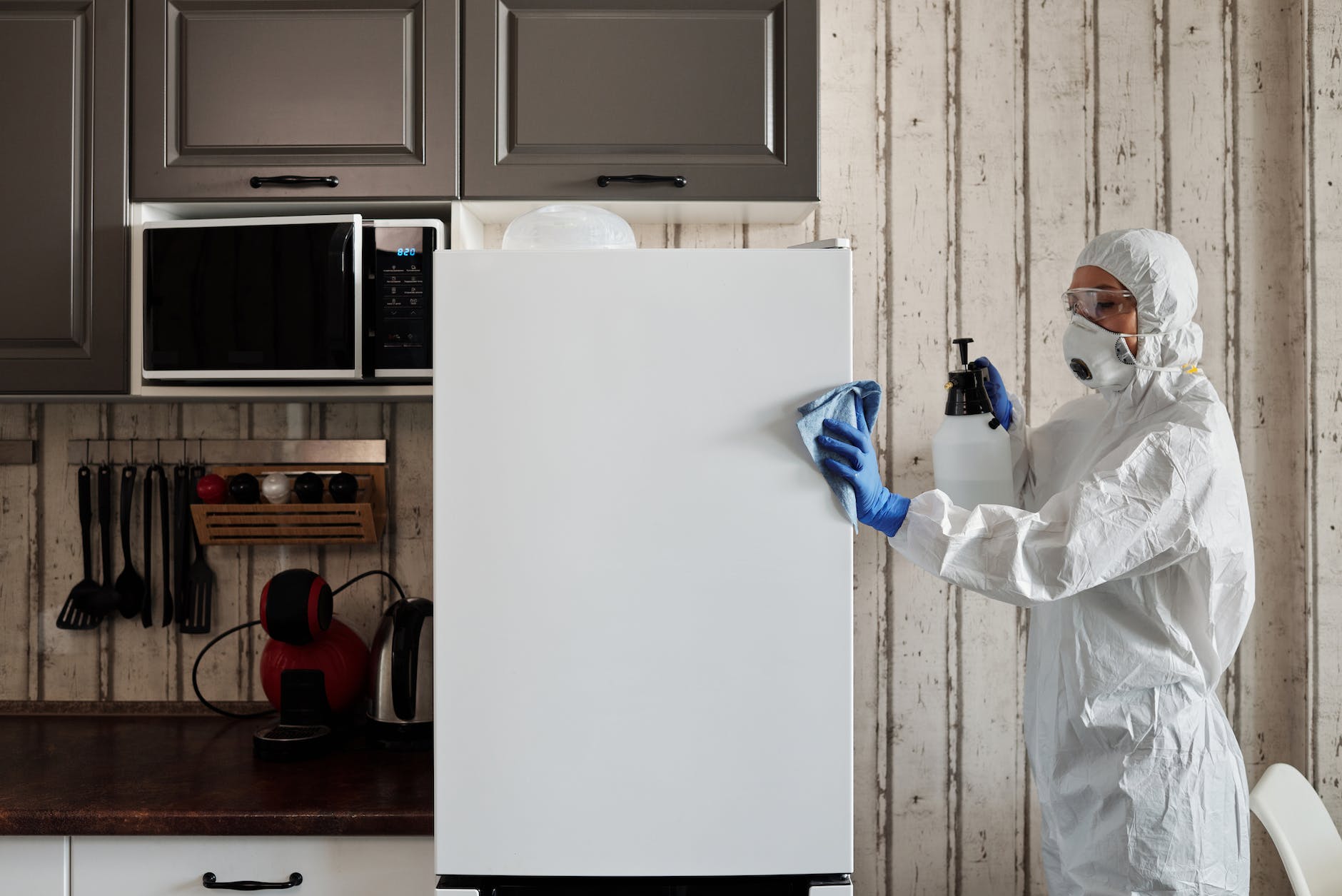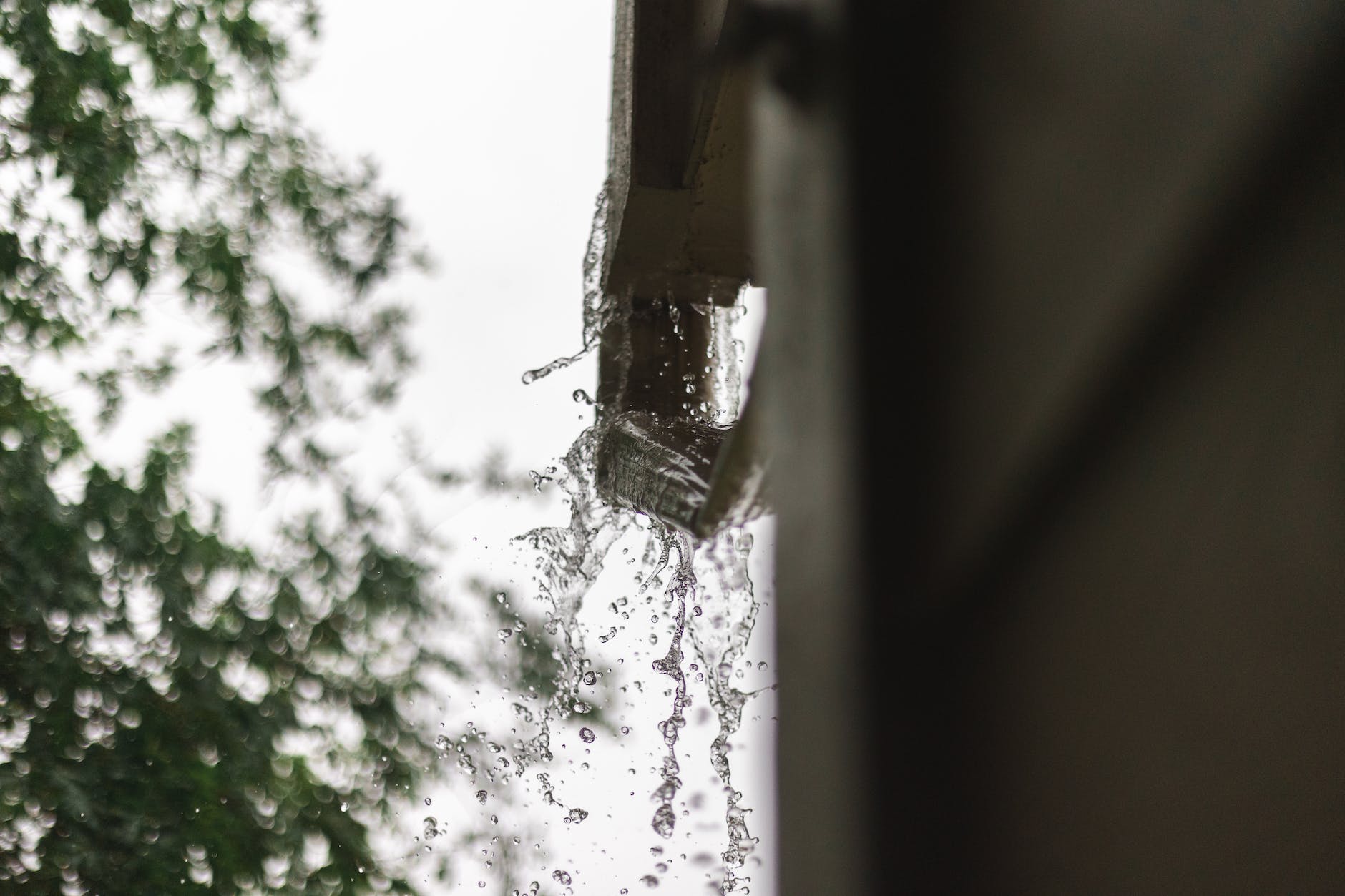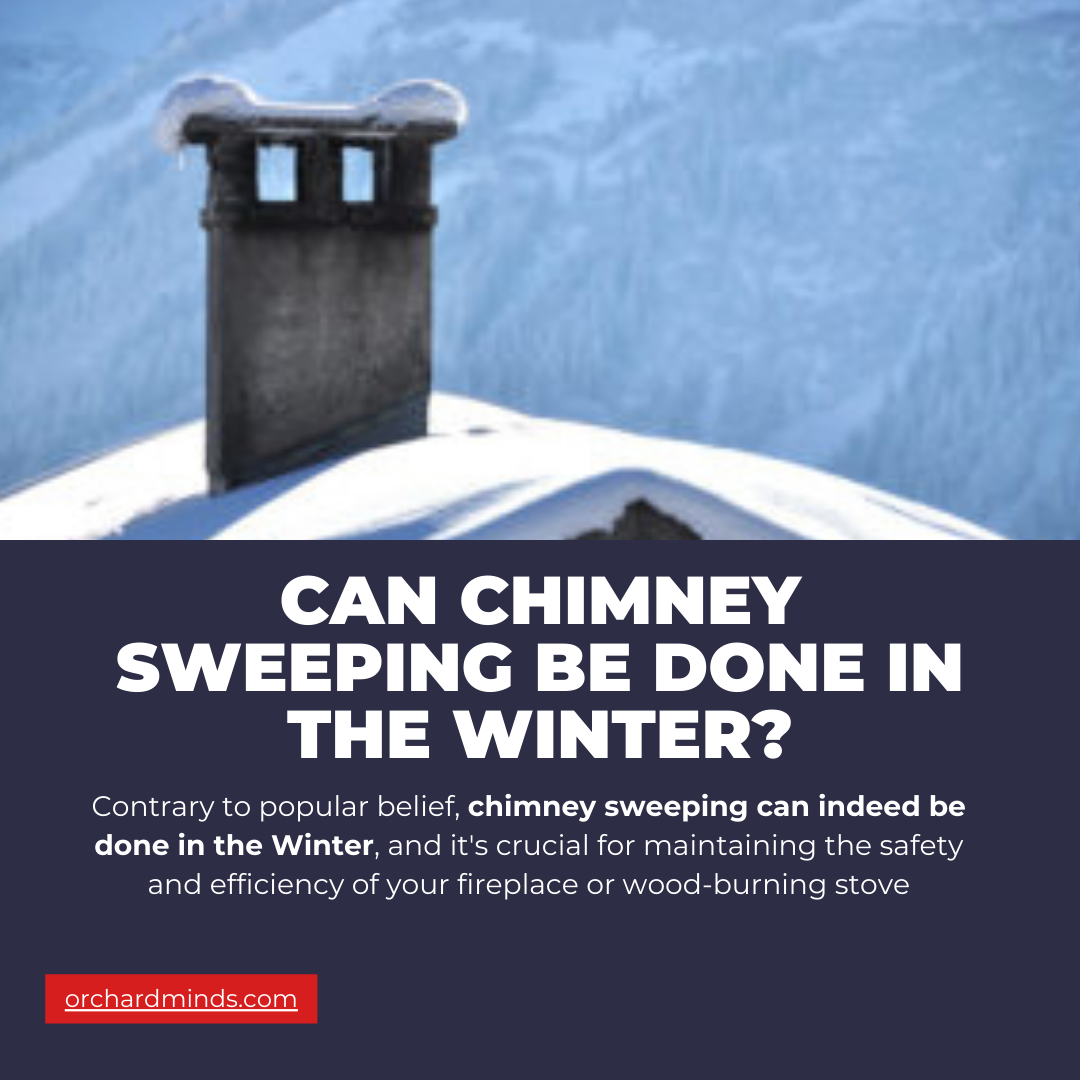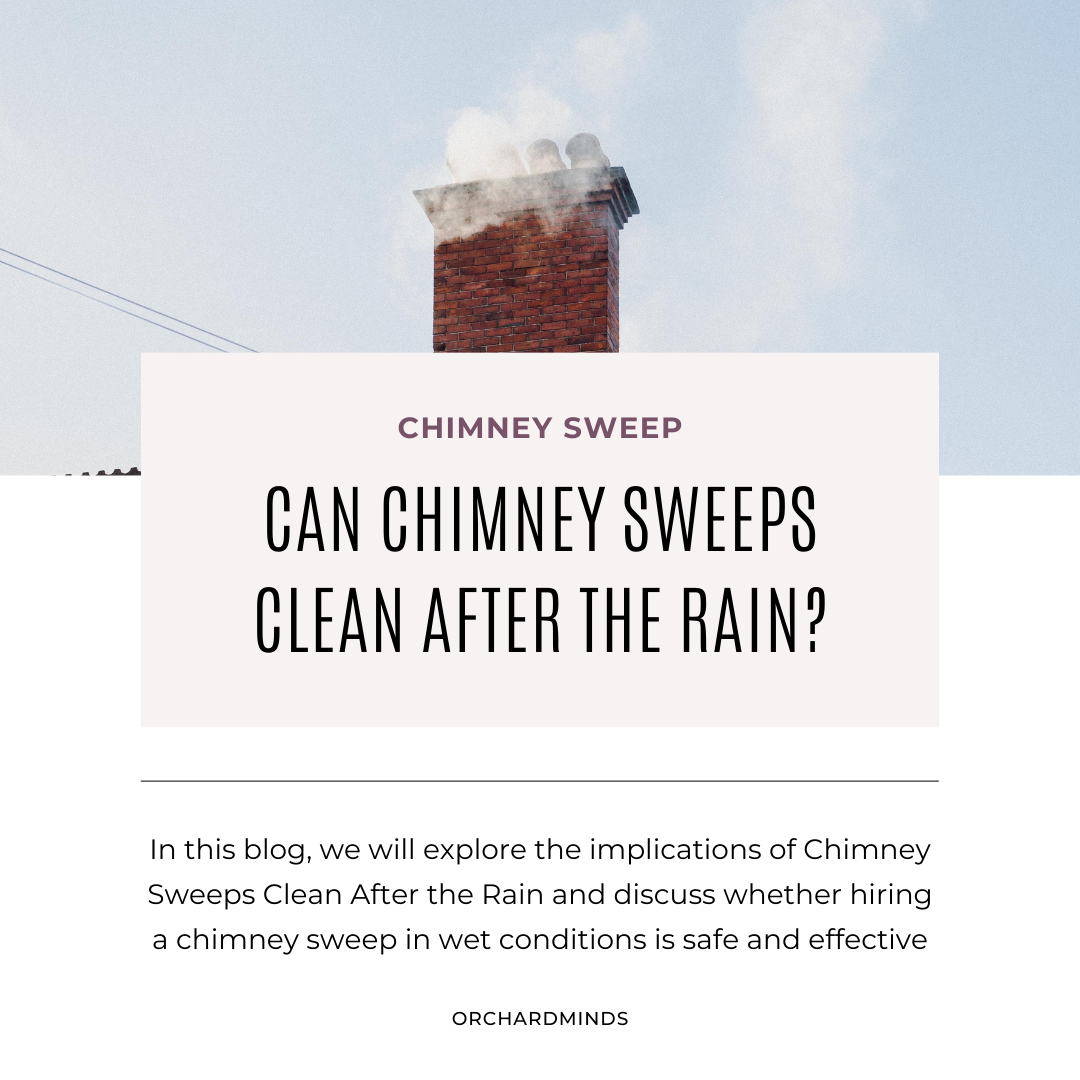What is a chimney fire ? A chimney fire is a combustion event that occurs within the chimney structure of a residential or commercial building. It typically results from the ignition of flammable materials, such as creosote deposits, soot, or other debris, lining the inner walls of the chimney. Creosote, a byproduct of burning wood, is highly combustible and can accumulate over time if the chimney is not properly maintained. The intense heat generated during a chimney fire can cause structural damage to the chimney, posing a significant risk of the fire spreading to the rest of the building.
Chimney fires may produce loud cracking or popping sounds, dense smoke, and visible flames shooting out of the chimney. Prompt recognition and appropriate action, such as calling the fire department and evacuating the premises, are crucial to mitigating the potential damage caused by a chimney fire. Regular chimney inspections and cleanings are essential preventive measures to reduce the risk of these hazardous incidents.
How to Recognize a Chimney Fire
Recognizing a chimney fire is crucial for taking immediate action to prevent potential damage and ensure the safety of your home. Signs of a chimney fire include a loud cracking or popping noise, dense and thick smoke coming into the room, intense and rapidly burning flames visible through the chimney walls, and a strong, hot odour. Additionally, you may notice a vibrating or rumbling chimney. If you suspect a chimney fire, it’s essential to evacuate everyone from the house, call the fire department, and avoid attempting to extinguish the fire yourself.
What Is a Chimney Fire?
A chimney fire occurs when combustible deposits, such as creosote, within the chimney ignite. Creosote is a byproduct of burning wood that accumulates on the interior walls of the chimney. When the temperature inside the chimney becomes extremely high, either due to a rapid-burning fire or an excessive buildup of creosote, it can lead to a chimney fire. These fires can be fast-burning and intense, posing a serious risk to the structural integrity of the chimney and potentially spreading to the rest of the house. Regular chimney inspections, cleanings, and safe burning practices are essential for preventing the conditions that can lead to chimney fires.
How to Recognize a Chimney Fire
Recognizing a chimney fire is crucial for prompt action. Signs of a chimney fire include:
- Loud cracking or popping noises.
- Dense smoke.
- Intense flames are visible through the chimney walls.
- A strong, hot odor.
- A vibrating or rumbling chimney.
If any of these signs are observed, it’s essential to evacuate the premises, call the fire department, and avoid attempting to extinguish the fire personally.
Fast-Burning Fire Signs
Fast-burning chimney fires are characterized by intense flames and high temperatures. Signs include roaring sounds reminiscent of a freight train, rapid and aggressive flames shooting out of the chimney, and potentially visible sparks or embers escaping from the top. These fires can be particularly dangerous and may lead to significant damage if not addressed promptly. In the event of a fast-burning chimney fire, immediate evacuation and calling for professional assistance are crucial.
Slow-Burning Fire Signs
Slow-burning chimney fires are less immediately dramatic but equally hazardous. Signs include a pungent odour resembling burning tar, thick and heavy smoke emanating from the chimney, and a noticeable cracking or popping sound. These fires smoulder at lower temperatures, often fueled by a buildup of creosote on the chimney walls. Despite being slower, they can still cause substantial damage over time, emphasizing the importance of addressing any signs of a chimney fire promptly.
Creosote buildup
Creosote is a flammable substance that accumulates on the interior walls of the chimney as a byproduct of burning wood. Signs of creosote buildup include a black, tar-like substance on the chimney walls, a strong and acrid odour resembling burning tar, and the presence of sticky or shiny deposits on the damper or fireplace doors. Creosote buildup is a major contributor to chimney fires, making regular inspections and cleanings essential for maintaining a safe and efficient chimney.
Blocked flues
Blocked flues, caused by debris, animal nests, or other obstructions, can lead to poor ventilation and increase the risk of chimney fires. Signs of a blocked flue include difficulty in starting or maintaining a fire, smoke entering the room, and visible debris or nesting materials in the chimney. Regular chimney inspections can help identify and address blockages, ensuring proper airflow and minimizing the risk of chimney fires.
How to Prevent Chimney Fires
Preventing chimney fires is crucial for the safety of your home. Regular chimney maintenance, including annual inspections and cleanings by a certified professional chimney sweep, is essential. Burn only well-seasoned hardwoods to minimize creosote buildup, and avoid overloading the fireplace or wood stove. Practice proper burning techniques, such as keeping the damper open while the fire is burning and closing it only after the fire has been fully extinguished. Installing a spark arrestor or chimney cap can prevent sparks and debris from escaping, reducing the risk of external fires. By following these preventive measures, you can significantly reduce the likelihood of chimney fires.
Why you should hire a professional
Hiring a professional chimney sweep is vital for effective maintenance and prevention of chimney fires. Professionals have the expertise to identify and address potential issues that could lead to chimney fires, such as creosote buildup, blockages, or structural damage. They use specialized tools to clean and inspect the chimney thoroughly. Professionals can also provide valuable advice on proper burning practices, ventilation, and maintenance. DIY attempts at chimney maintenance may miss critical details and can be hazardous. Moreover, professionals can detect underlying problems that may not be apparent to the untrained eye. Investing in professional chimney services ensures the safety and efficiency of your chimney, offering peace of mind and reducing the risk of fire hazards.
What happens when you have a chimney fire?
When a chimney fire occurs, it can be a serious and potentially dangerous situation. The intense heat generated during a chimney fire can cause damage to the chimney structure and compromise its integrity. In some cases, chimney fires can lead to structural damage to the home, including the possibility of the fire spreading to other parts of the house.
The high temperatures may also damage the flue lining, creating the risk of combustible materials in the surrounding structure catching fire. Recognizing the signs of a chimney fire, evacuating the premises, and calling the fire department are critical steps to mitigate the potential damage and ensure the safety of occupants. Regular maintenance and preventive measures are essential to reduce the likelihood of chimney fires.
What is the reason for chimney fires?
Chimney fires typically occur due to the ignition of combustible deposits, primarily creosote, that accumulate on the interior walls of the chimney. Creosote is a byproduct of incomplete combustion of wood, and when it builds up over time, it becomes highly flammable. Factors contributing to chimney fires include burning unseasoned wood, inadequate ventilation, and inefficient burning practices. The presence of creosote, combined with high temperatures, can lead to the sudden ignition of the chimney’s interior, resulting in a potentially dangerous fire.
What are the first signs of a chimney fire?
The first signs of a chimney fire include a loud cracking or popping noise, intense and rapidly burning flames visible through the chimney walls, dense smoke entering the room, a hot and strong odour, and a vibrating or rumbling chimney. Recognizing these signs is crucial for prompt action to mitigate the risk of further damage and ensure the safety of the occupants.
Can you stop a chimney fire?
Attempting to stop a chimney fire yourself is not advisable. If you suspect a chimney fire, prioritize safety by evacuating everyone from the house and calling the fire department immediately. While closing the damper may limit the oxygen supply and slow down the fire, it’s essential to let trained professionals handle the situation. Firefighters have the necessary equipment and expertise to assess and address the chimney fire effectively.
How do you deal with a chimney fire?
Dealing with a chimney fire requires a quick and decisive response. First and foremost, evacuate all occupants from the house and call the fire department. Do not attempt to extinguish the fire yourself. Closing the damper can help restrict the oxygen supply and slow down the fire. Suppose you have a fireplace extinguisher designed for chimney fires. In that case, you can use it, but never use water, as it can cause steam and potentially worsen the situation. Wait outside for professional assistance to assess and handle the chimney fire. Regular chimney inspections and cleanings can prevent such incidents by removing creosote buildup and identifying potential fire hazards.
Can you let a chimney fire burn out?
It is not advisable to let a chimney fire burn out on its own. Chimney fires can reach extremely high temperatures and may cause damage to the chimney structure, leading to potential hazards such as structural weaknesses or even a house fire. If you suspect a chimney fire, it’s important to take immediate action by evacuating everyone from the house, calling the fire department, and avoiding attempts to extinguish the fire yourself. Closing the damper can help limit the oxygen supply to the fire, slowing it down. Still, professional intervention is crucial to ensure complete extinguishment and assess any damage.
Where do most chimney fires start?
Most chimney fires originate from the combustion of creosote. This highly flammable substance accumulates on the interior walls of chimneys. Creosote forms during the incomplete combustion of wood and other fuels in the fireplace or wood stove. The accumulation of creosote, especially in neglected or poorly maintained chimneys, can ignite and lead to chimney fires. Regular chimney inspections and cleanings are essential to remove creosote buildup and mitigate the risk of chimney fires.
Will a chimney fire burn out?
Chimney fires only sometimes burn out on their own. The intense heat generated during a chimney fire, often reaching temperatures exceeding 2,000 degrees Fahrenheit, requires professional intervention for proper extinguishment. Attempting to let a chimney fire burn out without professional assistance can lead to significant damage to the chimney structure and potential dangers to the home.
What is a chimney fire pit?
A chimney fire pit is a type of outdoor fire feature designed for ambience and warmth. It typically consists of a chimney-like structure or firebox with an open flame. Unlike indoor chimneys, chimney fire pits are often portable and can be fueled by wood, propane, or natural gas. They provide a controlled and contained space for outdoor fires, offering a cosy atmosphere for gatherings and relaxation. Chimney fire pits come in various designs, from traditional brick or stone structures to modern metal or glass styles, catering to different aesthetic preferences.





